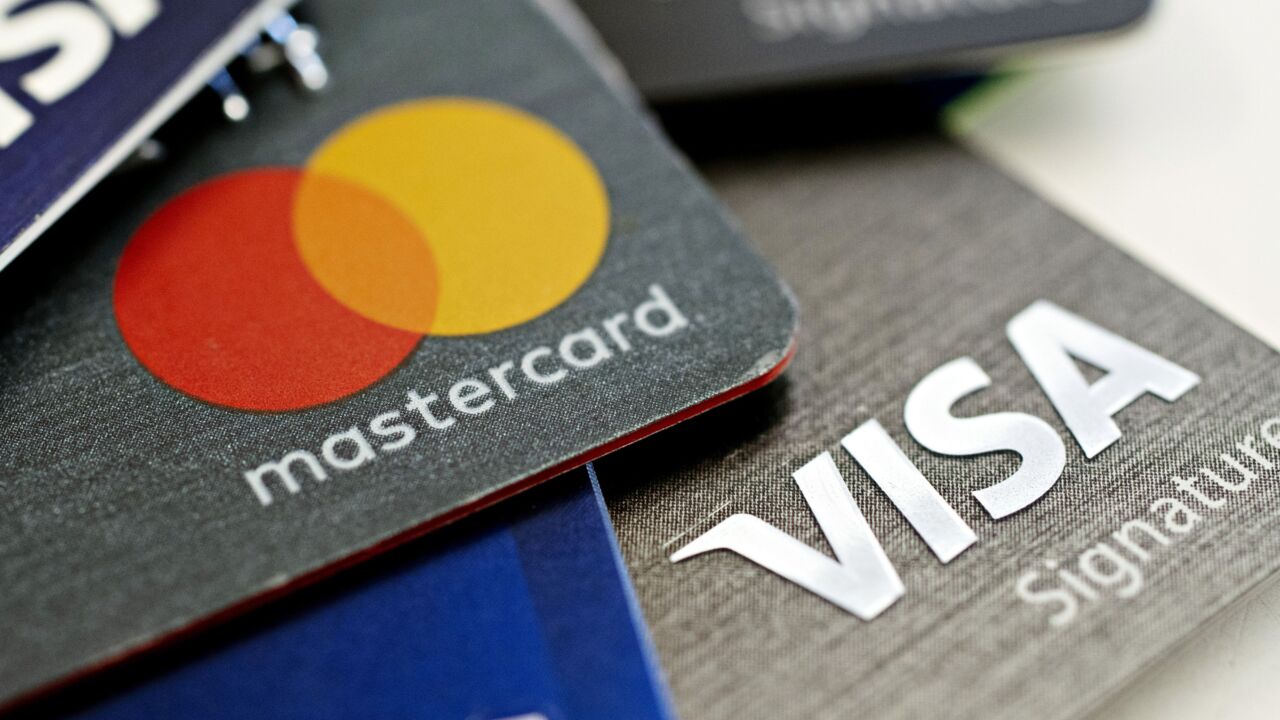Want unlimited access to top ideas and insights?
If it wasn't before, it's official now. Signature authorization in North America will largely cease to exist in April.
Visa will join the other major card brands in making the signature requirement optional for all North American merchants accepting contact or contactless chip-enabled EMV cards.

Visa's announcement signals what many in the payments industry had considered a foregone conclusion — that signature authentication has been rendered obsolete by the advancement of emerging technologies like artificial intelligence analytics and biometrics to deploy for future payments security.
"Visa is committed to delivering secure, fast and convenient payments at the point of sale," Dan Sanford, vice president of consumer products at Visa, said in a Friday press release.
In addition to other card brands also dropping signature — and earlier rules that had bypassed signature on small-value transactions anyway — Visa cited as a reason its own deployment of more than 460 million EMV chip cards to function at more than 2.5 million merchant locations with EMV chip readers.
EMV security has resulted in a 66% fraud decline for EMV merchants in less than two years, diminishing the need for signature authorization, Visa said.
Those moves by the other major card brands left only
Visa stubbornly stayed the course with signature over PIN at the onset of EMV in the U.S. in October of 2015, citing a desire for a smoother deployment and customer experience.
Still, it was increasingly clear that signature was an ineffective and clunky method by which consumers presumably proved they were the actual cardholder.





